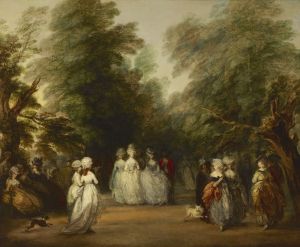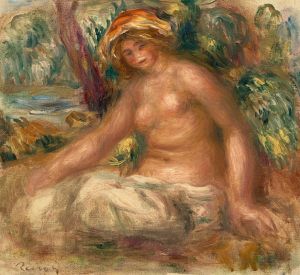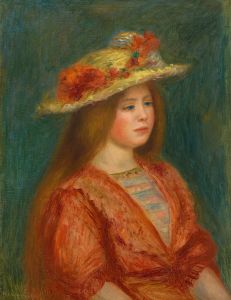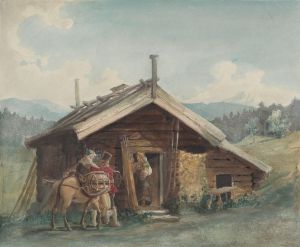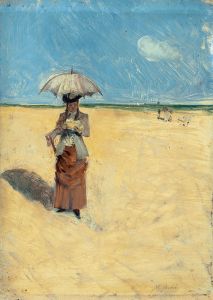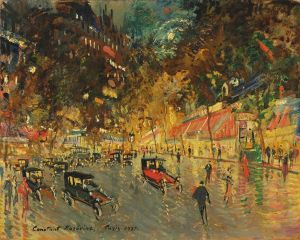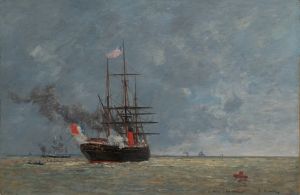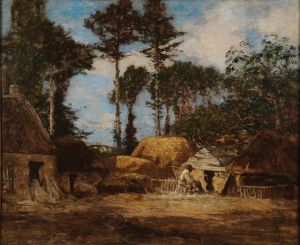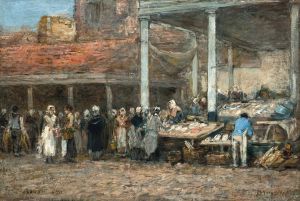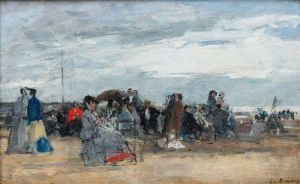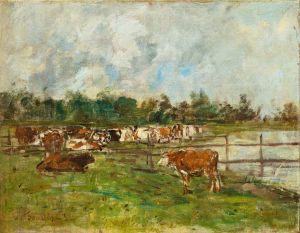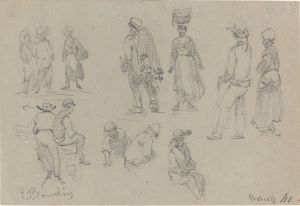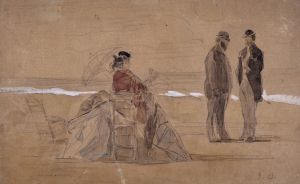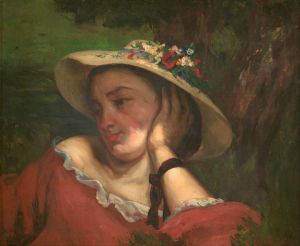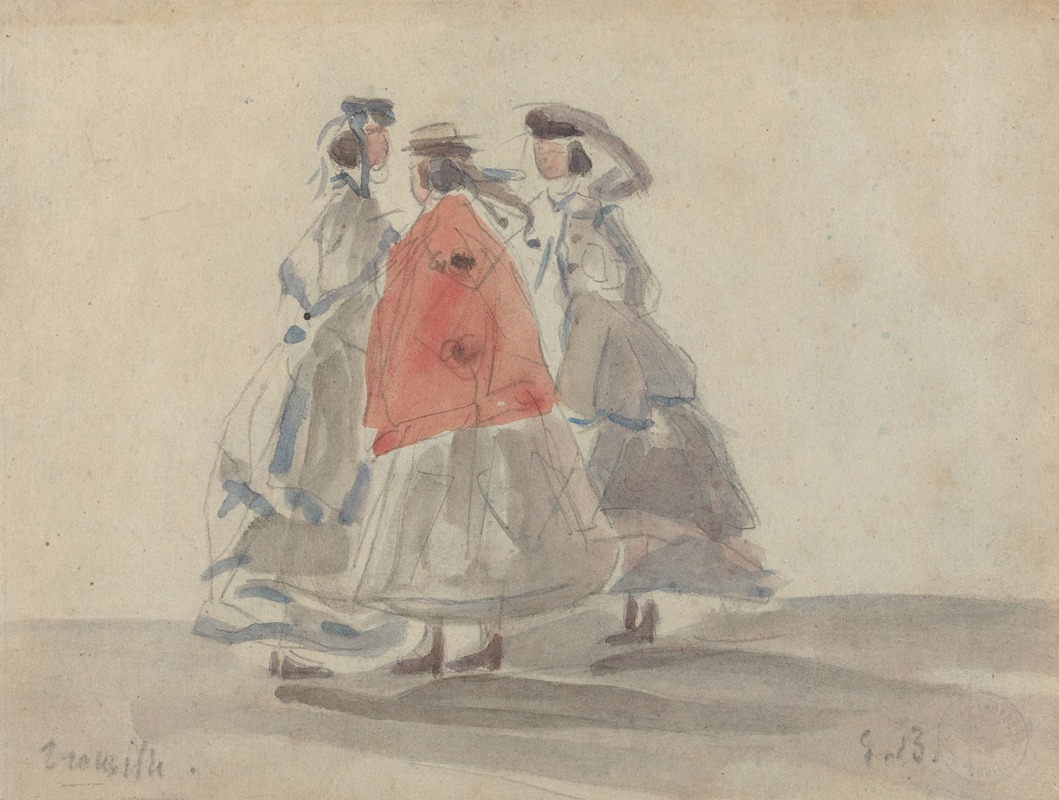
Three Women at Trouville
A hand-painted replica of Eugène Boudin’s masterpiece Three Women at Trouville, meticulously crafted by professional artists to capture the true essence of the original. Each piece is created with museum-quality canvas and rare mineral pigments, carefully painted by experienced artists with delicate brushstrokes and rich, layered colors to perfectly recreate the texture of the original artwork. Unlike machine-printed reproductions, this hand-painted version brings the painting to life, infused with the artist’s emotions and skill in every stroke. Whether for personal collection or home decoration, it instantly elevates the artistic atmosphere of any space.
"Three Women at Trouville" is a painting by the French artist Eugène Boudin, created in 1865. Boudin is often regarded as one of the precursors to the Impressionist movement, and his works are celebrated for their depictions of coastal scenes and the effects of light and atmosphere.
The painting "Three Women at Trouville" captures a moment on the beach at Trouville-sur-Mer, a popular seaside resort in Normandy, France. This location was a frequent subject in Boudin's work, as he was particularly drawn to the leisure activities and fashionable society that frequented the area. The painting depicts three women dressed in elegant attire, typical of the mid-19th century, standing on the sandy shore. The women are shown in profile, facing the sea, which stretches out to the horizon under a vast, cloudy sky.
Boudin's technique in this painting is characterized by his loose brushwork and his ability to capture the transient effects of light and weather. The sky, a dominant feature in the composition, is rendered with soft, blended strokes that convey the movement of clouds and the play of light. The figures of the women, though more defined, are still painted with a certain fluidity that suggests the gentle breeze and the relaxed atmosphere of the seaside.
The color palette of "Three Women at Trouville" is relatively muted, with soft blues, grays, and whites dominating the scene. This choice of colors enhances the sense of calm and tranquility that pervades the painting. Boudin's attention to detail in the women's clothing and accessories also reflects his interest in the fashion and social customs of his time.
Eugène Boudin's work, including "Three Women at Trouville," had a significant influence on the development of Impressionism. His focus on capturing the effects of light and atmosphere, as well as his plein air (outdoor) painting technique, were important precursors to the practices of later Impressionist artists such as Claude Monet, who was known to have admired Boudin's work.
Today, "Three Women at Trouville" is recognized as an important example of Boudin's contribution to the art world. It exemplifies his skill in depicting the natural world and the leisurely pursuits of the bourgeoisie with a sense of immediacy and intimacy. The painting is held in high regard for its historical and artistic significance, and it continues to be appreciated by art enthusiasts and scholars alike.
In summary, "Three Women at Trouville" by Eugène Boudin is a notable work that captures a serene moment on the beach at Trouville, showcasing the artist's mastery of light, atmosphere, and social observation. It remains an enduring testament to Boudin's influence on the trajectory of modern art.





